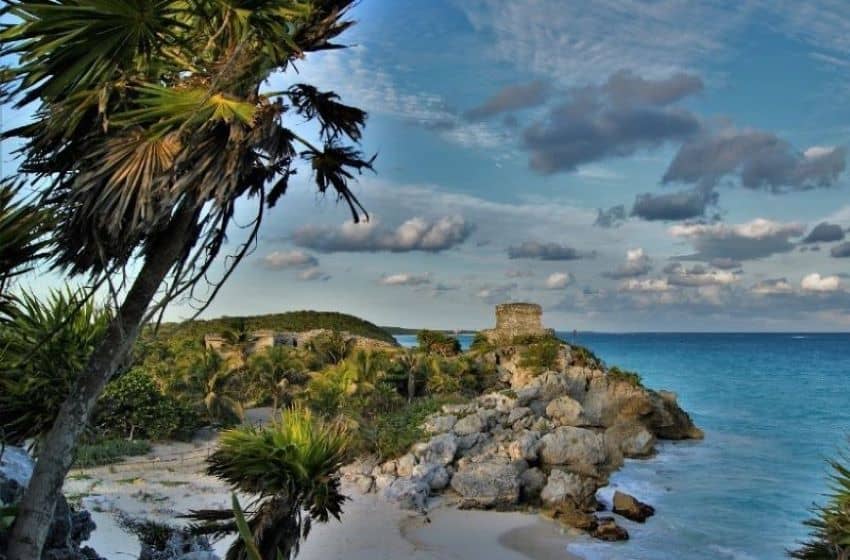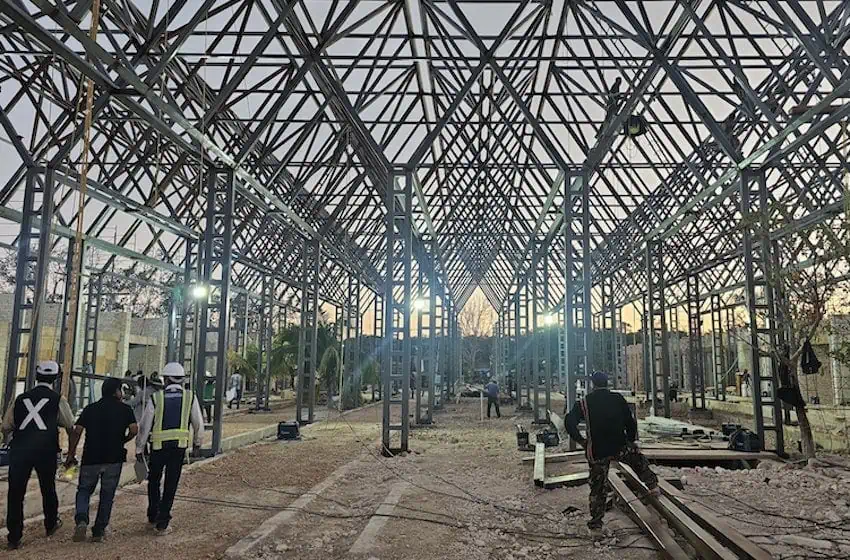Quintana Roo Governor Mara Lezama took a tour of the new 2.4 billion-peso (US $ 140 million) Jaguar Park in Tulum over the weekend.
“This grand enterprise being carried out by the federal government will contribute to the growth and development of Quintana Roo, and will boost the prosperity of all quintanarroenses,” she said of the Jaguar Park.

The 2,900-hectare nature reserve and recreational area comprises the Tulum National Park and the new Jaguar Flora and Fauna Protected Area, which is expected to be completed in April, according to Agrarian, Territorial and Urban Development Minister Román Meyer Falcón.
The project was originally supposed to be finished in February but construction setbacks and the decision to add several hundred additional hectares to the park have delayed the opening.
The Jaguar Park features an archaeological museum, Maya archaeological sites, a hotel, two kilometers of trails with multiple scenic overlooks and extensive bicycle paths. The park will also be serviced by a Maya Train station.
The main objective for Jaguar Park is to preserve the natural wealth of the area through the restoration of deteriorated areas and the implementation of activities and strategies to preserve the unique flora and fauna of the area.

The federal government recently released its environmental management plan for Jaguar Park, which emphasizes the preservation of the park’s habitats. The plan outlines actions to protect the 966 species of flora and fauna within the park, sixty of which are endemic to the area; 92 have been categorized as “at risk.”
The jaguar — a sacred symbol of Mesoamerican cultures — is emblematic of the region and the plan specifically underscores the importance of maintaining the connectivity of the jaguars’ habitat as well as promoting its protection and reproduction.
The most recent National Jaguar Census (Cenjaguar) estimated in 2018 that there are approximately 4,800 wild jaguars in Mexico, and an updated census is being carried out this year.
The park is also located above one of the most important karst aquifers in the world, with 2,000 kilometers of underground passages and including the Sac Actun cenote and the Ox Bel Ha cave system.
With reports from Por Esto! Yucatán, Quadratín Quintana Roo and La Jornada Maya
